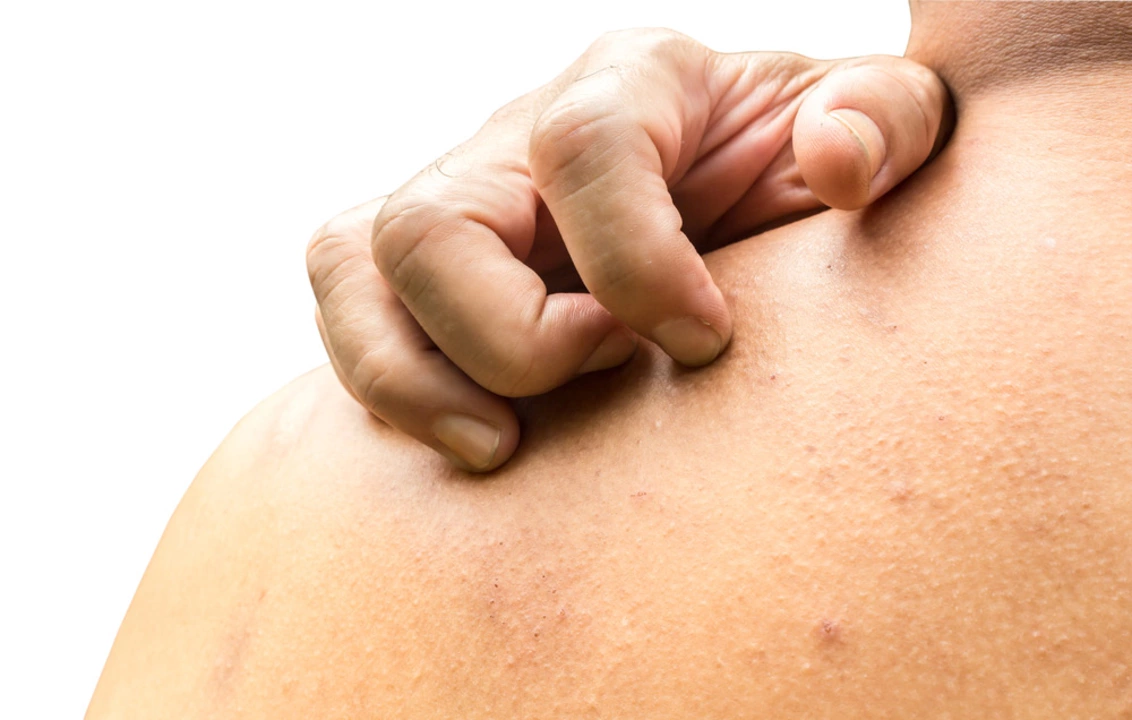Doxepin: What It Does, How to Take It, and What to Watch For
Doxepin is a tricyclic antidepressant you’ll see used for depression, anxiety, and sleep problems. At very low doses it also works as a strong antihistamine, so doctors sometimes prescribe it for short-term insomnia or severe itching. It can help mood, sleep, and certain nerve-related pains — but the dose and risks vary depending on what you’re treating.
How doctors usually give doxepin
For sleep, clinicians often use very low doses taken at bedtime. For mood disorders the starting dose is usually low and grows over days to weeks. Typical ranges: low-dose sleep use can be around 3–10 mg at night; antidepressant doses commonly start 25–75 mg daily and can go higher if needed. Older adults and people with liver or heart problems usually need lower doses. Follow your prescriber’s plan and don’t change the dose on your own.
Doxepin comes as capsules and a liquid; there’s also a topical cream used in some cases for severe itching. Sleep effects may appear the first night, but improvements in depression or anxiety often take 2–6 weeks.
Side effects, interactions, and safety tips
Expect some common side effects: dry mouth, drowsiness, blurred vision, constipation, and trouble urinating. Those are typical anticholinergic effects. People may also gain weight or feel dizzy when standing up fast (orthostatic hypotension). Doxepin can affect heart rhythm in people with preexisting heart disease or when mixed with other drugs that lengthen the QT interval.
Avoid mixing doxepin with MAO inhibitors and be cautious with SSRIs, some antibiotics, or antipsychotics — these combinations can raise side-effect risks. Don’t drink alcohol while taking it; alcohol increases drowsiness and can worsen mood or breathing problems. If you’re under 25, monitor mood closely — all antidepressants carry a small increased risk of suicidal thoughts in younger people.
Stopping doxepin abruptly can cause withdrawal symptoms like nausea, insomnia, or agitation. If you need to stop, your doctor will usually taper the dose slowly. If you have glaucoma, enlarged prostate, severe constipation, or recent heart attack, tell your prescriber — doxepin may be unsafe or need close monitoring.
Practical tips: take it at night if it makes you sleepy, avoid driving until you know how it affects you, keep a list of all medicines and supplements to check for interactions, and ask your doctor about heart monitoring if you have cardiac risk. If ordering medicine online, use accredited pharmacies and confirm the exact product and dose with a pharmacist.
If a side effect is severe — chest pain, fainting, fast irregular heartbeat, or signs of an allergic reaction — get emergency care. For anything else, call your prescriber; small adjustments often fix the problem. Doxepin can help a lot when used right. Talk openly with your doctor and pharmacist so you get the benefits and avoid the risks.
Doxepin for Itching: A Relief for Chronic Pruritus Sufferers
As a chronic pruritus sufferer, I know firsthand how relentless itching can impact one's quality of life. Recently, I discovered that Doxepin, an antidepressant medication, can bring significant relief for itching. Studies have shown that Doxepin's antihistamine properties can help reduce itch intensity and improve sleep quality in patients. It's important to consult with your healthcare provider before starting any new medication, but I must say that Doxepin has been a game-changer for me. I'm grateful to have found a solution that allows me to live more comfortably and itch-free.
View More
